You buy certified organic seed. You search for organically-grown vegetable seedlings to transplant into your containers. But, have you read the fine print on the bag of your potting medium to see if it is free of manufactured chemicals? If you are uncertain whether you need to protect yourself by wearing gloves when handling a certain potting medium, or should even consider growing edibles in a particular soil mix, check the bag first for an OMRI Certification. What is an OMRI Certification? This explanation is courtesy of their website, “Founded in 1997, the Organic Materials Review Institute (OMRI) provides organic certifiers, growers, manufacturers, and suppliers an independent review of products intended for use in certified organic production, handling, and processing.” Continue reading “The Scoop on Good Dirt: OMRI”
Author: Pam Beck
Black Gold At the Summer Green Road Show in Hickory, NC
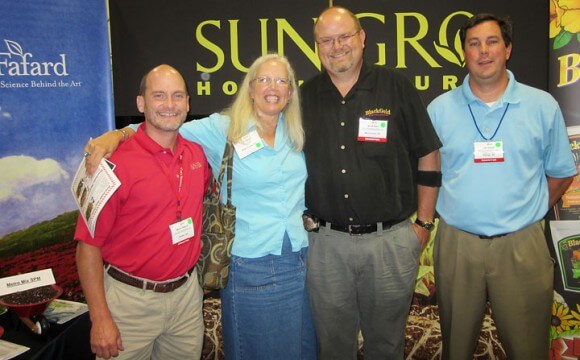
August was the perfect time to visit the Metro Convention Center in Hickory, North Carolina, an internationally famous furniture convention site nestled in the foothills of the Blue Ridge Mountains. On this trip, however, the emphasis was on living plants, garden tools, and potting medium at the 2012 Summer Green Road Show.
Continue reading “Black Gold At the Summer Green Road Show in Hickory, NC”
Earthworm Castings, Organic Fertilizer from Humble Earthworms
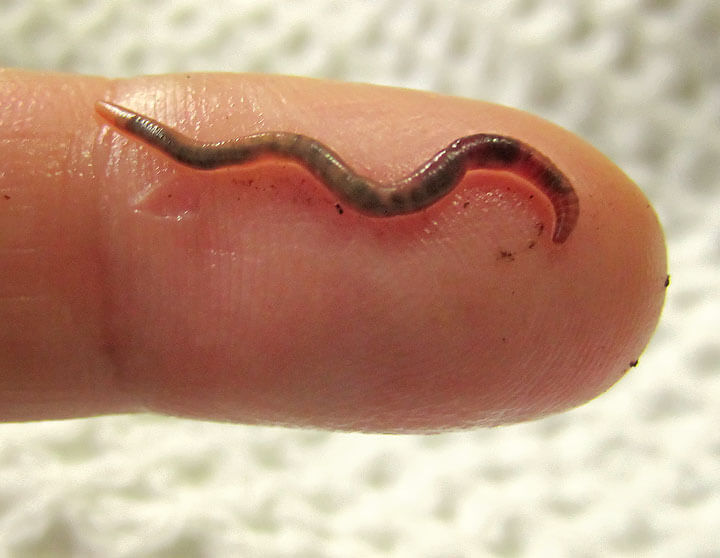
Earthworms are the ultimate recyclers of the natural world. They take the debris and litter of the garden and digest it, creating a perfect soil conditioner in their waste, which is called “castings”.
Castings can be used as a top dressing for container gardens, amended directly into your soil, or steeped into a nutrient-rich manure tea.
If you don’t have an over-abundance of earthworms, this ideal organic fertilizer is still available for vegetable gardens and ornamental landscapes as Black Gold® Earthworm Castings.
Put the vigor of earthworm castings to work in your garden.
Begin Saving On A Rainy Day By Installing Rain Barrels

It is a small project, but installing rain barrels onto your downspouts will capture free non-potable water that could make a big difference in your garden.
How much water? Depending on the size of your roof and your catchment system, a rainfall of only 1-inch should fill a typical 55-gallon rain barrel to overflowing. That is a lot of water that you won’t have to pay for later.
What about eliminating mosquitoes potentially attracted to the standing water? Use Mosquito Dunks® made with B.t.i., bacillus thuringiensis israelensis, a naturally occurring biological control that is safe for birds and pets.
~Photos are courtesy of Schultz Communications

In the Dog Days of Summer Keep your Pets Hydrated
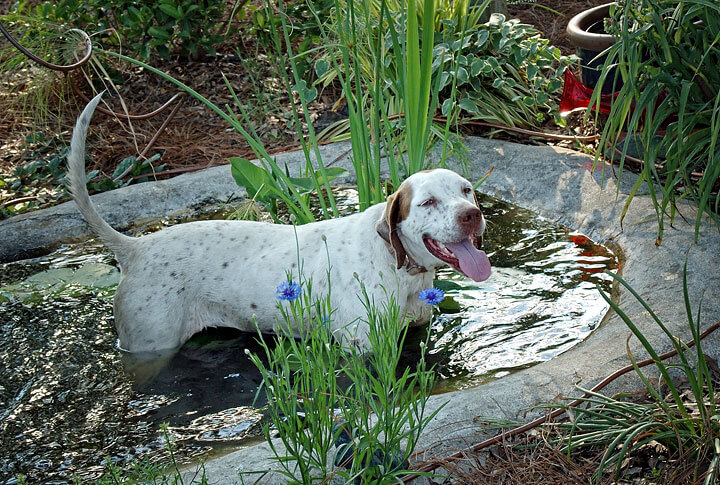
It is officially summertime, and the high temperatures are sizzling. Now’s the best time to provide water features to keep your pets hydrated.
As much as we work to keep our plants hydrated, this is also a critical time for the various creatures who share our garden spaces as they need plenty of fresh water for drinking and bathing, too.
Check and refresh the water level of your outdoor pet’s drinking bowls a couple of times a day. It is essential for urban chickens to have continuous access to cool drinking water. And, remember to keep your birdbaths and hummingbird feeders cleaned and topped off.
Scrumptious, Old-Fashioned Tawny Daylilies
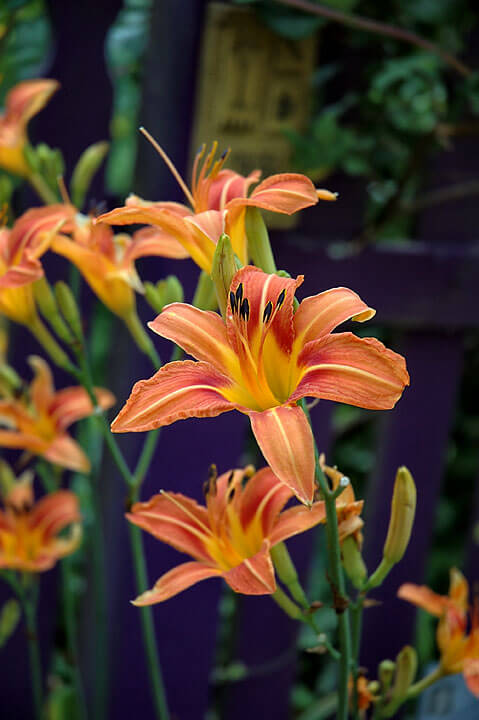
The individual blooms of the Tawny Daylily, Hemerocallis fulva, only last from dawn to dusk, but what a performance they give when properly staged in a garden! Since there are several flowers on each stalk, and multiple stalks in every clump, these easy-to-grow species perennials remain showy for weeks. Though sweeps of Tawny daylilies are familiar along old country roads in the Southeast, they originally traveled from their homeland in Asia, where these daylilies are still used in traditional cooking (think hot and sour soup).
Easy Does It: Gently Loosen Potted Plants

Be kind to your transplants. Don’t tear a developing plant out of its original container by its leaves, stems, or trunk risking ripping off foliage and roots. It pays to gently loosen potted plants at planting time.
When loosening potted plants, the best way is to first make certain that its potting medium is moist, then slowly tip the container over while holding one hand around the base of the plant, supporting the shifting weight of the soil as the intact plant slides free.
Rediscovering Old Roses
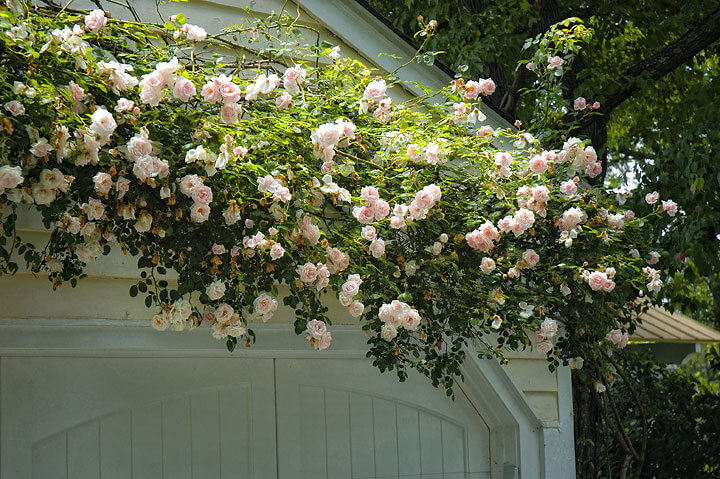
Heirloom roses are again gaining in popularity in our 21st century gardens due to their time-proven hardiness. These are roses with real perfume, a wide variety of colors and bloom types, and many sport luscious hips for fall and winter interest. Plus, they are easy to grow as a majority of old roses are disease resistant, and tolerant of a variety of site conditions. Just be sure to feed them with rose & flower fertilizer.
Officially, Antique roses are defined as any rose grown before 1867, which was before hybrid tea roses were introduced, whereas old roses can be any rose 75-years-old or more. So, if you want roses, but crave something different, rediscover the joy of growing old roses.
Take Baby Steps for Success When Choosing A Pot Size

When choosing a pot size for your young transplant, it can be tempting to take a small plant and put it into a very large pot in order to encourage it to grow. However, because the potting medium surrounding a young transplant may hold more water than would be utilized by the plant, this quick fix could result in root rot.
Instead, repot your transplants into containers only one or two inches larger than their original pot size, allow enough time for the expanding roots to fill in, then you can bump your healthy plants up again.
Start Spreading the News: Recycle Newspaper In the Garden

Layering yesterday’s news onto your garden is a great way to recycle newspaper in the garden while building wonderful soil. Simply take a section of the paper running at least 8-10 pages thick, and apply it to either a new or existing bed. Be sure to overlap these sections in order to help prevent any future weeds. Wet the paper to help hold it in place, and then add a 2-4 inch deep cover of quality mulch, such as Black Gold’s Garden Compost Blend or Garden Soil.
